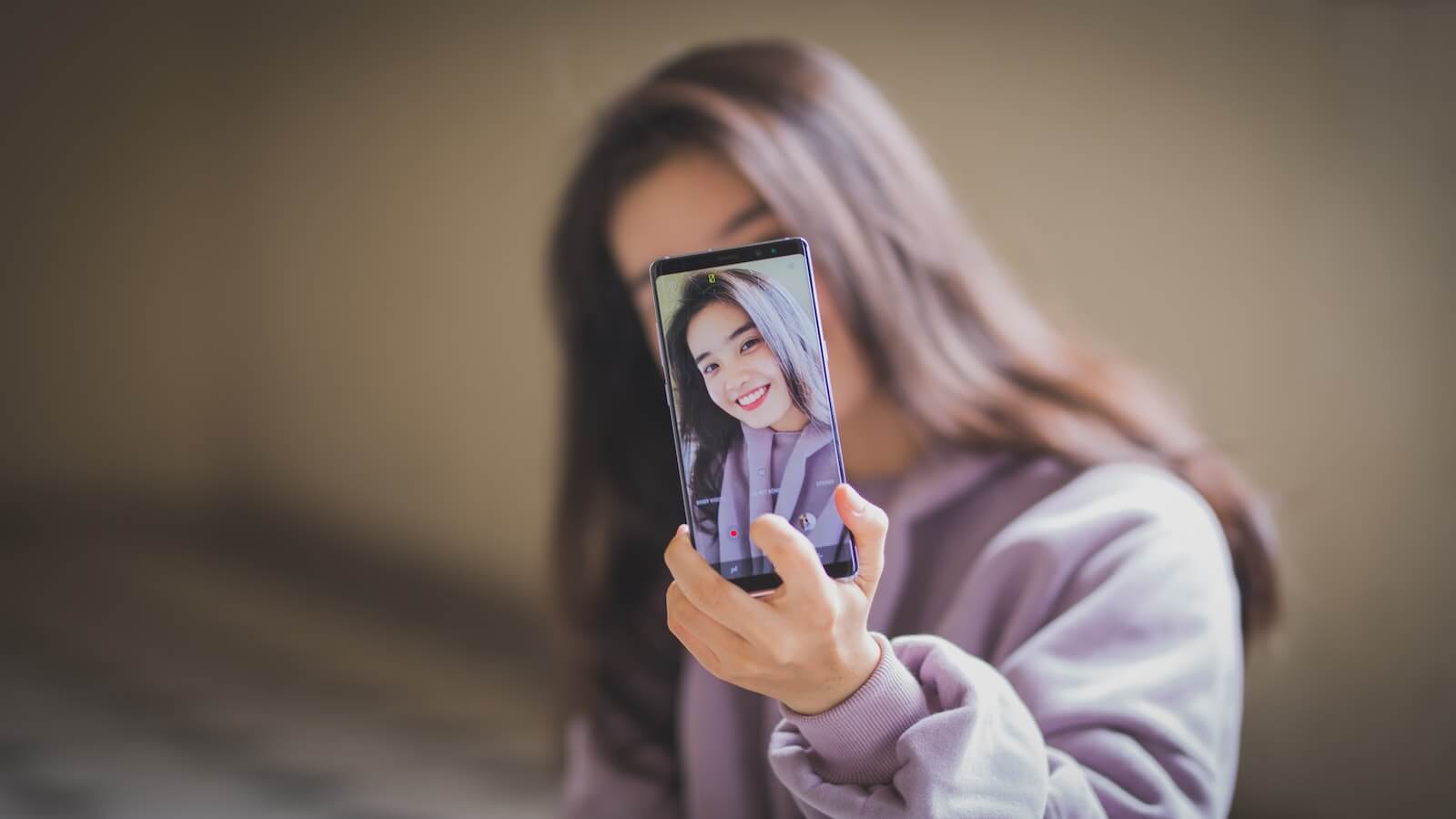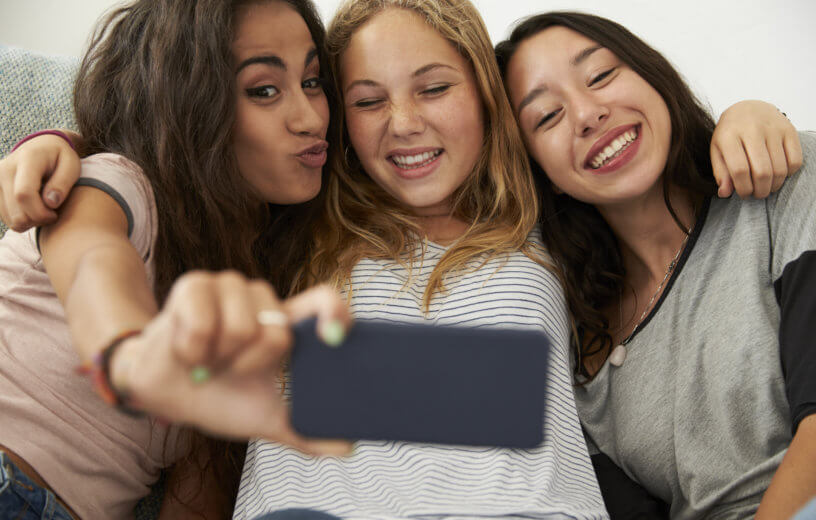BAMBERG, Germany — While sending selfies using a phone camera is a decidedly 21st-century phenomenon, people have been using self-portraits as a means of communication for centuries. Digital cameras have just made it much easier to spread our faces around. Despite the undeniable ubiquity of the modern selfie, however, we still don’t have a proper understanding of how people actually use them to communicate. Luckily, scientists at the University of Bamberg recently set out to tackle that question.
“Although the term ‘selfies’ is now celebrating its 21st birthday, and although selfies are known in art history for nearly 200 years in photography and more than 500 years in paintings, we still lack a clear classification of the different types of selfies,” says Tobias Schneider, lead author of the study and a PhD student at the Bamberg Graduate School of Affective and Cognitive Sciences.
Prior research explains that people engaging in selfie-taking usually have three main aims: self-expression, documentation, and performance. Some researchers have made use of accompanying hashtags and other metadata in an attempt to determine the meanings people try to convey with their selfies – but such considerations don’t actually account for the picture itself.
So, in an effort to better grasp the various meanings people ascribe to different selfies, the study authors asked individuals to describe their first impressions of a sample collection of selfies. Those associations were then compiled in an attempt to determine how different types of selfies are understood by viewers.
“Most research addresses direct visual factors, neglecting associative factors that viewers have in mind when browsing through our selfie-oriented world,” adds Professor Claus-Christian Carbon, the study’s senior author, in a media release. “Here we used personal reports and associations to describe and categorize selfies in a systematic way.”

The test dataset used for this study was created using a database of selfies called Selfiecity. The research team used solely selfies without any text, taken with a cell phone camera, using either a person’s own hands or a selfie stick. In all, this made up a collection of 1,001 selfies presented to participants at a standard size, on a plain grey background.
Meanwhile, the team recruited 132 volunteers to participate online. To avoid tiring people out, researchers used an algorithm to select 15 random selfies for each participant to review. This ensured that every selfie was evaluated by about the same amount of people and that each person saw a variety of different selfies. Also, five text boxes were provided per selfie for participants to jot down their spontaneous reactions.
Next, the study authors processed the data in a way that collapsed each person’s first impressions into 26 categories. For instance, “mood” corresponded to comments the respondents made about the selfie-taker’s mood. From there, researchers analyzed how frequently each category appeared in responses, and if they appeared together.
A subsequent cluster analysis allowed the research team to identify five different clusters of categories, referred to as semantic profiles. The largest of those semantic profiles was named “aesthetics,” which referred to pictures that showed off style or aesthetic experience. That profile was followed closely by “imagination,” pictures that led the respondents to imagine where the selfie-taker was or what they were doing, and “trait,” images that elicited personality-related terms.
Meanwhile, clusters including “state” (pictures that looked at mood or atmosphere) and “theory of mind” (images that caused the respondents to make assumptions about a selfie-taker’s motives or identity) were identified as being less popular but still quite substantial.
Each one of those clusters displayed a close association of different categories from respondents’ first impressions. This indicates respondents tended to pick up on visual language typically used to convey different aspects of ourselves; a terrible mood or a great outfit, just to name a few examples.
“We were quite impressed how often the category ‘theory of mind’ was expressed, because this is a very sophisticated way of communicating inner feelings and thoughts,” Schneider adds. “It shows how effective selfies can be in terms of communication.”
Study authors note that these semantic profiles may not be expressed or understood in the same way on a worldwide scale. Thus, further research is warranted.
“Research never ends,” Schneider adds. “We need more free reports on selfies, more descriptions of how people feel about the depicted persons and scenes, in order to better understand how selfies are used as a compact way of communicating to others.”
“We definitely need larger, more diverse, and cross-cultural samples in the future to understand how different groups and cultures use selfies to express themselves,” Carbon concludes.
The study is published in the journal Frontiers in Communication.
You might also be interested in:
- Selfies make people look slimmer, study shows, but scientists warn that’s not a good thing
- Best Camera Phones In 2023: Top 5 Devices Most Recommended By Experts
- Complex face-off: Dogs with fewer facial markings give humans more expressive stares

